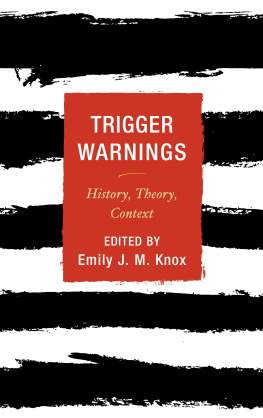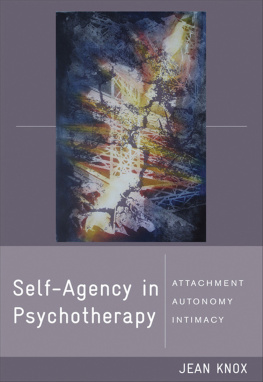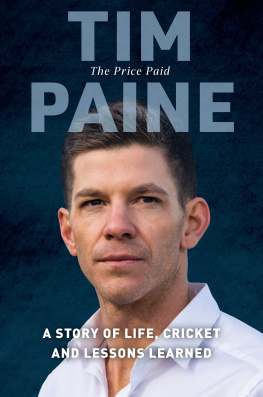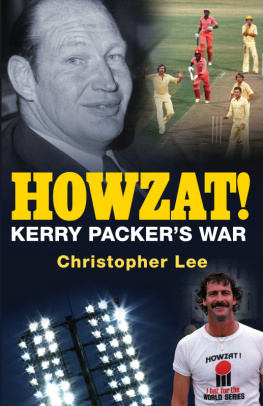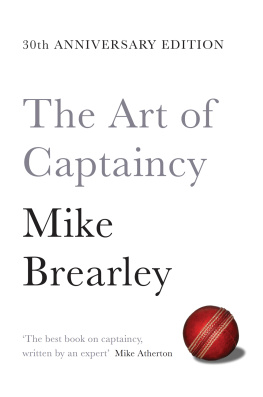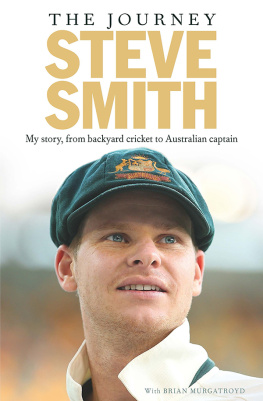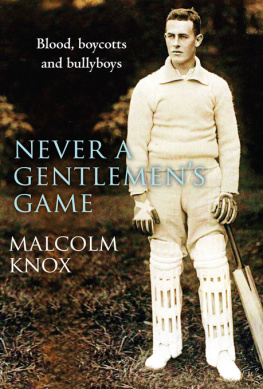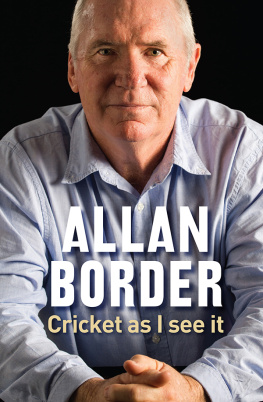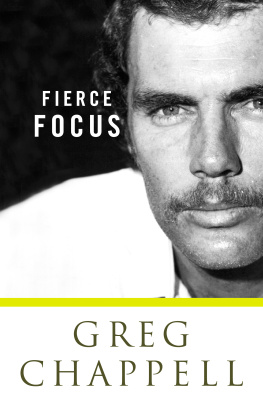THE
CAPTAINS
THE
CAPTAINS
THE STORY BEHIND AUSTRALIAS
SECOND MOST IMPORTANT JOB
MALCOLM KNOX

Published in 2010 by Hardie Grant Books
Hardie Grant Books (Australia)
85 High Street
Prahran, Victoria 3181
www.hardiegrant.com.au
Hardie Grant Books (UK)
Dudley House, North Suite
3435 Southampton Street
London WC2E 7HF
www.hardiegrant.co.uk
All rights reserved. No part of this publication may be reproduced,
stored in a retrieval system or transmitted in any form by any means,
electronic, mechanical, photocopying, recording or otherwise, without
the prior written permission of the publishers and copyright holders.
The moral rights of the author have been asserted.
Copyright Malcolm Knox 2010
Front cover images, from left: Don Bradman (Rick Smith private collection); baggy green, Adam Gilchrist with Shane Warne, Greg Chappell (Getty Images).
Back cover images, from left: Hugh Trumble (MCC Library Collection); Steve Waugh, Ricky Ponting (Getty Images); Richie Benaud (Rick Smith private collection).
Inside back flap, from left: Kim Hughes, Herbie Collins, Monty Noble
(Rick Smith private collection).
Images in the text: (Bob Thomas), (L. Blandford), (Dennis Oulds), (Dennis Oulds), (Adrian Murrell), (Adrian Murrell/Allsport), (Adrian Murrell), (Mark Dadswell), (Shaun Botterill), (Shaun Botterill/Allsport), (Greg Wood/AFP), (Hamish Blair) courtesy Getty Images; courtesy State Library Victoria; and courtesy Melbourne Cricket Club Library Collection; courtesy Newspix. All other images kindly provided by Rick Smith from his private collection.
National Library of Australia Cataloguing-in-Publication Data:
Knox, Malcolm, 1966
The captains/Malcolm Knox.
ISBN 9781740669566 (hbk.)
Cricket captainAustralia.
Cricket playersAustralia.
CricketAustraliaHistory.
796.3580994
Cover design by Luisa Laino Design
Text design by Design by Committee/Patrick Cannon
Typeset in Minion 10.5/14pt by Cannon Typesetting
Printed in Australia by Ligare Printing and Publishing
10 9 8 7 6 5 4 3 2 1
CONTENTS
I N 1975, Ray Robinson published the definitive portrait of Australias cricket captains. On Top Down Under, updated by Gideon Haigh in 1996, set the standard in the art of portraiture of that club of what was then 39 men.
This book is not an attempt to reheat Robinson, which has in any case been done by Roland Perry, in his 2000 book CaptainAustralia. For the early captains, reliance on similar sources has produced similar profiles; with recent captains, an over-abundance of sources has, paradoxically, resulted in a similar narrowing effect.
Though it was peerless in composing pictures by the use of the telling anecdote, what On Top Down Under never did was knit the pen-portraits into a narrative of the game in Australia. Robinson depicted each captain in isolation, with the significant events of cricket history as their background. There is also, in Robinsons approach, an unavoidable chronological toing and froing. When Bill Lawry was sacked in 1971, the book left the cliffhanger behind, to tell the life story of Barry Jarman Lawrys replacement for one Test in 1968 before returning to 1971 and Ian Chappell. The format forced the story to a jarring halt.
The object of this book is to put the story of Australian cricket first, and tell it through the prism of the captaincy: the office and the men who have occupied it. This approach tries to enjoin Sir Donald Bradmans words that the captains, like all players, have been stewards of a greater history.
Some vital themes will carry us through the 42 Australian Test captains from Dave Gregory to Ricky Ponting. One is the strain the job has placed on each incumbent, capping their terms, with rare exceptions, at a four-year maximum. Another theme is player power, and the captains evolution from managing director and shop steward through to their opposite, and back again. Yet another theme is the perception of the offices prestige, which has ebbed and flowed with that of the game itself.
In 1975, there was no need for Ray Robinson to further define our Test cricket captains. Since then, Australia has had a number of captains in the limited-overs game and in minor tour matches, who have not also been Test cricket captains. Shane Warne, Michael Clarke, David Boon, Geoff Marsh and Ian Healy are among those to have led Australia in the past 20 years, but are not a part of this study because they have not led in Test cricket.
Of the 42 Test captains, 14 have been standins, deputising for the permanent captain or standing in when he was unavailable. Tom Horan, Hugh Massie, George Giffen, Hugh Trumble, Syd Gregory, Warren Bardsley, Victor Richardson, Bill Brown, Arthur Morris, Ray Lindwall, Neil Harvey, Brian Booth, Barry Jarman and Adam Gilchrist occupy some place in this narrative, but more for their influence as players than as Australian captains. They did, however, hold the post for as few Tests as Jarmans one or as many as Syd Gregorys six, so the narrative would be incomplete without them.
E.L. Doctorows 2005 novel The March describes, unforgettably, the union army in the last days of the American Civil War. Doctorow embodies the marching thousands as a single organism, like a snake, which is nonetheless comprised of individual, wilful, rebellious, unpredictable parts. It moves through space and time as a singular thing, yet within it is the disparate chaos of human wills in conflict.
The Australian cricket team can be seen the same way: a single organism snaking through our history, personifying the hopes and disappointments of a nation in constant metamorphosis. Within that organism are the bowlers, batsmen and wicketkeepers, each with their own hopes and fears and performances both great and ignominious. The most singular individual in that body is the captain, himself a human being full of ideals and frustrations and quarrels and triumphs, yet also the steward of an office, which would become, in many eyes, the second most important in the land.
DAVE GREGORYS
DREAM
I F the DNA of a species is contained in its seed, the first holder of the Australian Test cricket captaincy promised a fiery future.
Photographs of David William Gregory are as was typical in the dawn of photography, deceptive. In team arrangements he sits centrally, behind an authoritative black beard. His dark glare and calm forehead befit Handsome Dave, the born leader if only for the look in his eye.
But Gregory was a man of many parts and contradictions. An accused chucker, he had given up bowling amid a ferocious intercolonial dispute. As a batsman his record was modest, even by the eras unprepossessing standards. Yet despite this, and not being captain of either New South Wales nor Victoria, his acclamation as leader of a combined colonial team was one of the few matters on which the members agreed.
Gregory was a self-made man, an orphans son who rose to the top of the New South Wales public service, yet his petulance also sparked the worst riot in Australias cricket history. He had the financial brilliance to form the first white cricket tour of England as a joint stock company and make a splendid profit, but sullied that tour with over-aggression, unwillingness to accept umpires decisions, and a brawl with the hosts over one of his players. At the same time, he raised a large donation for the surviving English relatives of those lost in a shipping disaster.
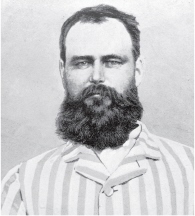
Next page

